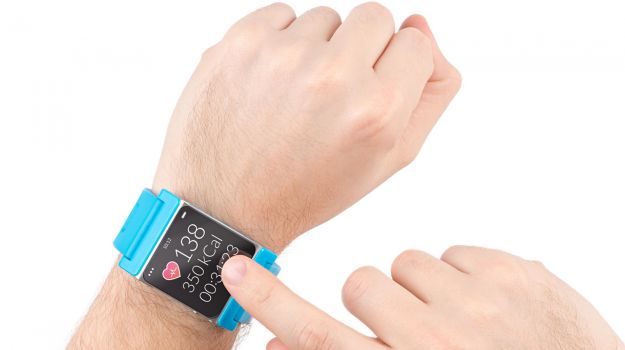About the Device
Unlike previous sweat collectors, the new device does not require patients to sit still for a long time while it collects sweat from them. The wearable device is a two-part system of flexible sensors and microprocessors that sticks to the skin, stimulates the sweat glands and then detects the presence of different molecules and ions based on their electrical signals.
High chloride ion levels, for example, are an indicator of cystic fibrosis while high blood glucose levels can indicate diabetes, according to the study published in the US journal Proceedings of the National Academy of Sciences.

About the Study
For this study, the research team also measured glucose levels in sweat, which correspond to blood glucose levels, making the device potentially useful for monitoring pre-diabetes and diabetes. But the technology can also be used to measure other molecular constituents of sweat, such as sodium and potassium ions and lactate, meaning the platform can be used to "measure virtually anything found in sweat."
"Sweat is hugely amenable to wearable applications and a rich source of information," said co-author Ronald Davis, Professor at Stanford University.
The team is now working on large-scale clinical studies to look for correlations between sweat-sensor readings and health. In the longer term, it's hoped that the wearable sensor could be integrated into a smartwatch for broad population monitoring.
Inputs from IANS












